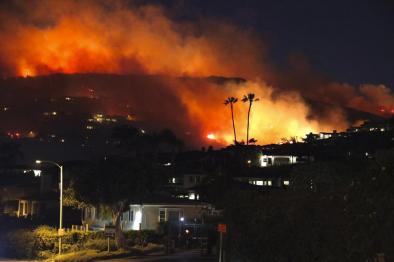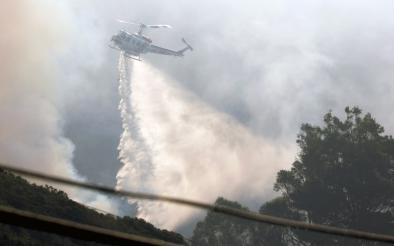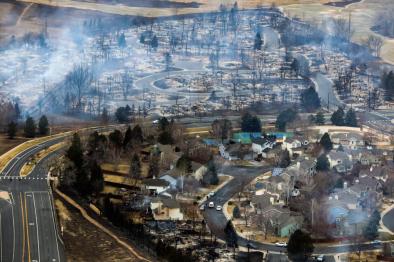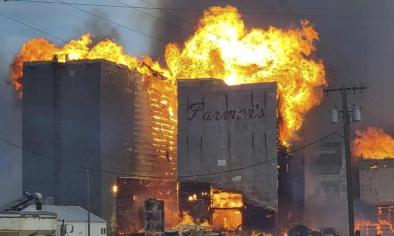Science Source
Onset of spring starting earlier across the Northern Hemisphere
- States that recent warming of Northern Hemisphere (NH) land is well documented and typically greater in winter/spring than other seasons
- States that physical environment responses to warming have been reported, but not details of large-area temperate growing season impacts, or consequences for ecosystems and agriculture
- Shows that a suite of modeled and derived measures (produced from daily maximum–minimum temperatures) linking plant development (phenology) with its basic climatic drivers provide a reliable and spatially extensive method for monitoring general impacts of global warming on the start of the growing season
- Results are consistent with prior smaller area studies, confirming a nearly universal quicker onset of early spring warmth (spring indices (SI) first leaf date, −1.2 days decade−1), late spring warmth (SI first bloom date, −1.0 days decade−1; last spring day below 5°C, −1.4 days decade−1), and last spring freeze date (−1.5 days decade−1) across most temperate NH land regions over the 1955–2002 period
- Identifies regional differences:
- North American first leaf and last freeze date changes display a complex spatial relationship
- Europe presents a spatial pattern of change, with western continental areas showing last freeze dates getting earlier faster, some central areas having last freeze and first leaf dates progressing at about the same pace, while in portions of Northern and Eastern Europe first leaf dates are getting earlier faster than last freeze dates
- East Asia last freeze dates are getting earlier faster than first leaf dates
Related Content
Headline

Feb 11, 2022 | Climate Nexus Hot News
Fires Burn In Hot, Dry Southern California, In February
Headline

Jan 24, 2022 | Reuters
Firefighters gaining control of wildfire that closed scenic California highway
Event

Jan 5, 2022
Marshall Fire December 2021
Headline

Dec 7, 2021 | The Guardian
Winter heatwave breaks records in four US states


